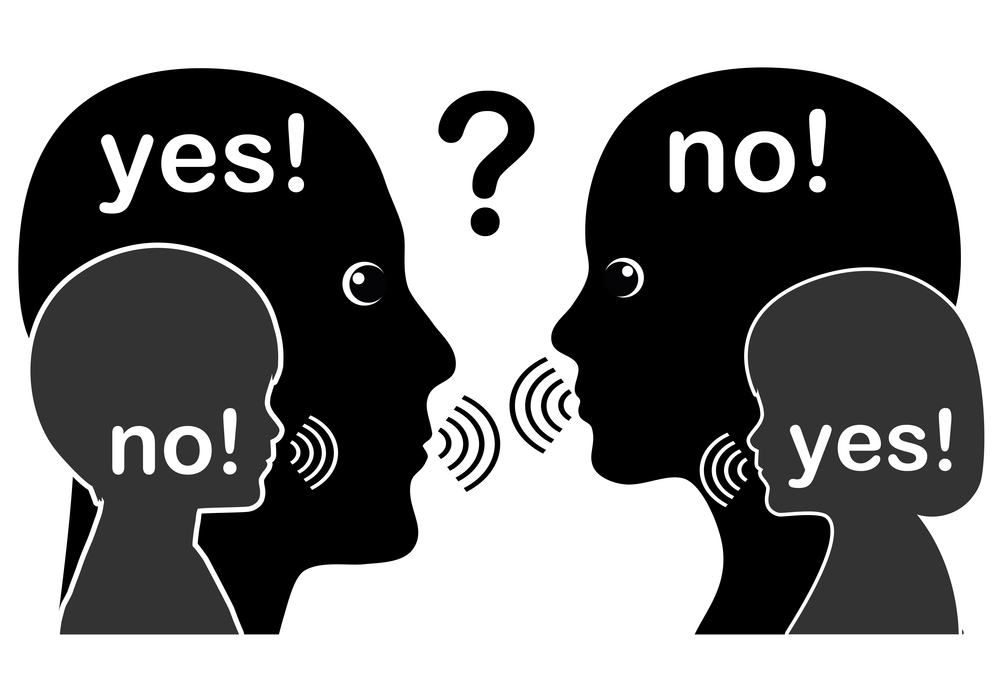According to a research the facial expression indicating disagreement is universal.
A furrowed brow, lifted chin and pressed-together lips i.e. a mix of anger, disgust and contempt, are used to show negative moral judgment among speakers of English, Spanish, Mandarin and American Sign Language (ASL), according to a new study published in the May issue of the journal Cognition.
In ASL, speakers sometimes use this “not face” alone, without any other negative sign, to indicate disagreement in a sentence.
Martinez and his colleagues previously identified 21 distinct facial emotions, vlog including six basic emotions (happiness, sadness, fear, anger, surprise and disgust), plus combinations of those (happy surprise, for example, or the kind of happy disgust someone might express after hearing a joke about poop).
The researchers wondered if there might be a basic expression that indicates disapproval across cultures. Disapproval, disgust and disagreement should be foundational emotions to communicate, so a universal facial expression marking these emotions might have evolved early in human history. Happyho also provide best tarot reading services in Noida and Delhi NCR India area.
The researchers recruited 158 university students and filmed them in casual conversation in their first language. Some of these students spoke English as a native tongue, while others were native Spanish, Mandarin Chinese or ASL speakers. These languages have different roots and different grammatical structures.
But despite their differences, all of the groups used the “not face,” the researchers found. The scientists elicited the expression by asking the students to read negative sentences or asking them to answer questions that they’d likely answer in the negative.
As the students responded their facial expressions changed. By analyzing the video of the conversations frame by frame and using an algorithm to track facial muscle movement, Martinez and his colleagues were able to show that a combination of anger, disgust and contempt danced across the speakers’ faces, regardless of their native tongue. A furrowed brow indicates anger, a raised chin shows disgust and tight lips denote contempt.
The “not face” was particularly important in ASL, where speakers can indicate the word “not” either with a sign or by shaking their head as they get to the point of the sentence with the negation. The researchers found, for the first time, that sometimes, ASL speakers do neither — they simply make the “not face” alone.




